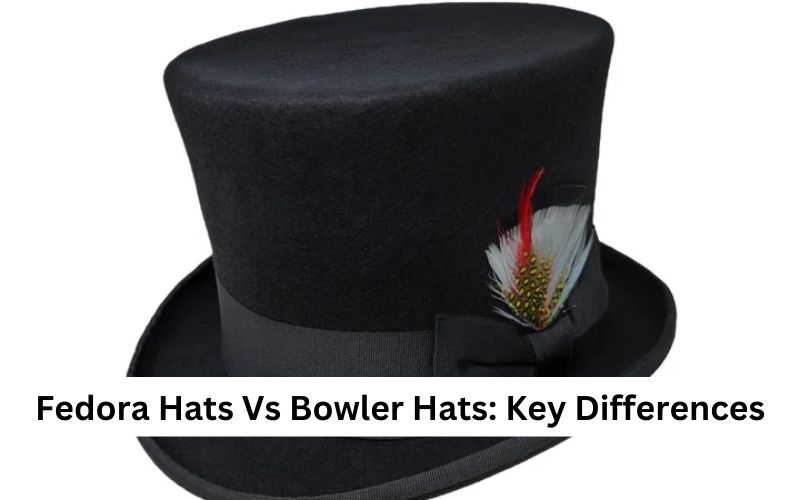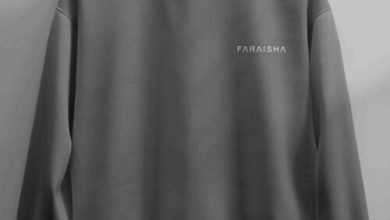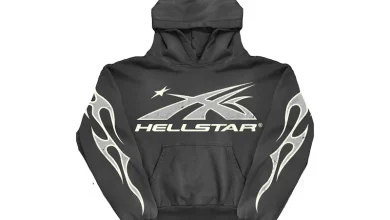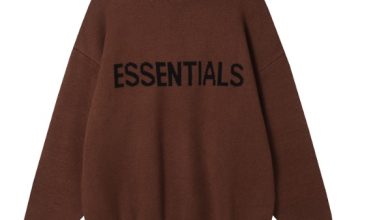Fedora Hats Vs Bowler Hats: Key Differences

When comparing fedora hats vs bowler hats, you’ll notice several defining features that set them apart. Fedoras, known for their wide brims and pinched crowns, provide a versatile and modern flair, suitable for various occasions. On the other hand, bowler hats, with their narrow brims and dome-like crowns, project a traditional and structured vibe, typically reserved for formal events. Ever wondered why one might choose a fedora over a bowler or vice versa? Understanding these key differences can influence your next stylish hat choice.
Key Takeaways
- Fedora hats have a wide brim and pinched crown, while bowler hats have a narrow brim and rounded, dome-like crown.
- Fedoras are made from soft felt, offering flexibility, whereas bowlers use stiffer felt for durability and shape retention.
- Fedora hats come in various colors and often feature embellishments like ribbon bands; bowler hats typically stick to dark colors with minimal decorations.
- Fedoras are versatile, suitable for both formal and casual settings; bowler hats are more formal, ideal for classic or vintage-themed events.
- Fedora hats can be styled with both suits and casual outfits; bowler hats are mainly associated with formal attire and traditional British style.
Origins and History
Fedora hats, originating in the late 19th century, quickly became a fashion staple, while bowler hats, first introduced in the mid-1800s, were initially designed for British gamekeepers.
You’ll find that the cultural significance of each hat evolved over time. The fedora, popularized by stage actress Sarah Bernhardt, soon became synonymous with early 20th-century urban sophistication. It was later adopted by Hollywood icons and gangsters alike.
In contrast, the bowler hat symbolized the British middle class, gaining traction among bankers and civil servants. Its sturdy design made it practical for horseback riding.
Over time, the bowler hat saw a decline in everyday use, while the fedora maintained its status, adapting to various fashion trends through the decades.
Design Features
While understanding their historical context enriches our appreciation, it’s the distinct design features that truly set fedora hats and bowler hats apart. Fedoras typically have a wide brim width, often around 2.5 inches, and a pinched crown shape, giving them a sophisticated silhouette.
In contrast, bowler hats feature a narrower brim and a rounded, dome-like crown shape, creating a more formal and structured appearance.
Color options for fedoras are vast, ranging from classic black and brown to bolder hues. They often include embellishments like ribbon bands or feathers.
Bowler hats, however, generally stick to traditional dark colors such as black and brown, with minimal embellishments, often just a simple ribbon band. These design differences make each hat uniquely suited to different styles and occasions.
Material and Construction
When examining the material and construction of these iconic hats, you’ll notice how each is carefully crafted to achieve its distinct form and functionality.
Fedora hats typically feature a soft felt material, allowing for flexibility in brim width and crown height. This results in a versatile design that can be shaped and styled in various ways.
In contrast, bowler hats, also known as Derby hats, rely on a stiffer felt material. Their construction is more rigid, characterized by a shorter brim width and a rounded, lower crown height. This Derby construction guarantees durability and a consistent shape, offering a timeless appeal.
Fashion and Style
You’ll find that the distinct fashion and style of fedora and bowler hats reflect their historical origins and cultural significance.
Fedoras, popularized in the early 20th century, have always been versatile, often seen in a variety of color trends from classic black to bold hues. Brand preferences lean towards high-end designers like Borsalino. Celebrity endorsements, from Humphrey Bogart to modern icons like Johnny Depp, highlight their timeless appeal.
Bowler hats, originating in the mid-19th century, maintain a more structured look and limited color palette, typically black or brown. Stylistic variations are fewer, reflecting their formal British roots. Celebrities like Charlie Chaplin made them iconic, solidifying their place in fashion history.
Each hat tells a story through its style.
Occasions and Suitability
Understanding the historical roots and stylistic elements of fedora and bowler hats can help pinpoint the occasions where each is most suitable.
Fedoras, with their soft, wide brims, are versatile and trendy, naturally fitting both formal and casual settings. You can pair them with a suit for a polished look or with jeans for a stylish twist.
Conversely, bowler hats, known for their hard, rounded crowns, lean towards a more classic aesthetic. Historically popular among British gentlemen, they’re ideal for formal events or vintage-themed gatherings.
While fedoras adapt to contemporary fashion, bowlers maintain a timeless charm. So, when choosing between formal vs casual, or trendy vs classic, consider the hat’s historical context and the event’s nature.
Conclusion
To conclude, fedoras and bowler hats each bring their unique charm and history to the fashion world. Fedoras, with their versatile design and contemporary appeal, fit seamlessly into both casual and formal settings.
Meanwhile, bowler hats, with their structured elegance and vintage flair, are perfect for classic, formal occasions.
By understanding these key differences, you can confidently choose the hat that best complements your style and the event you’re attending.




